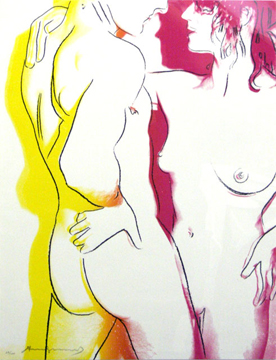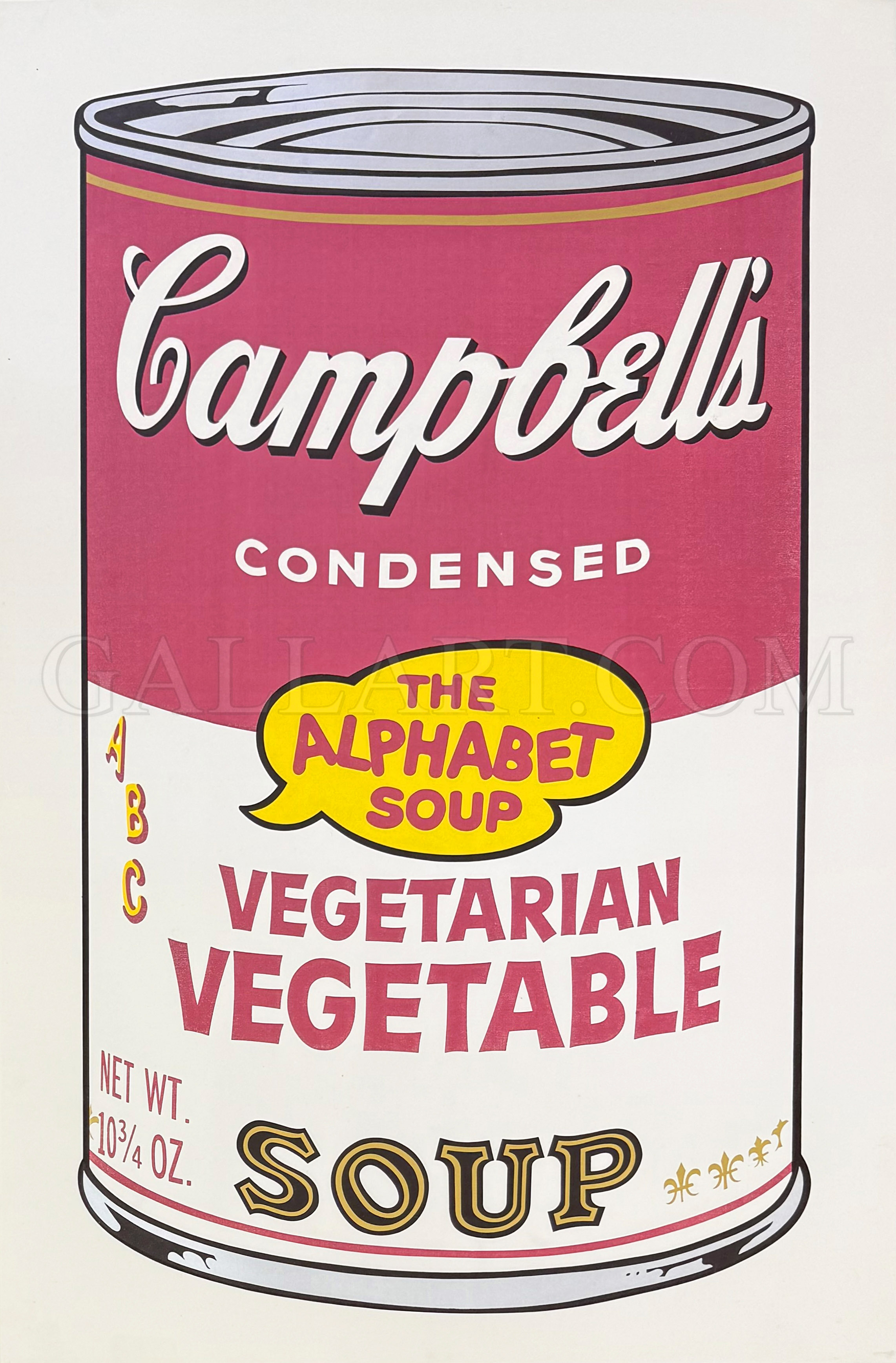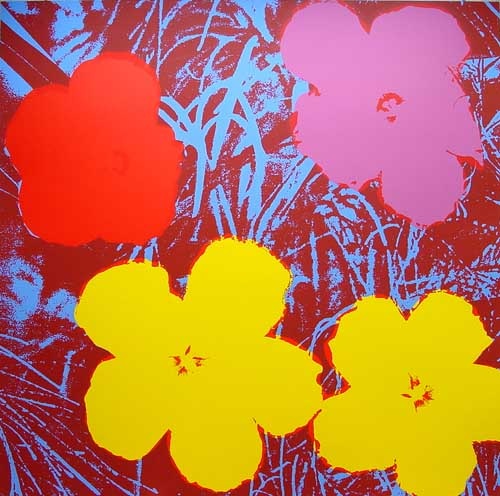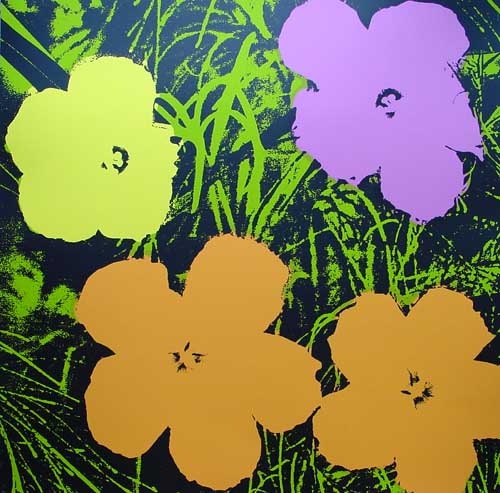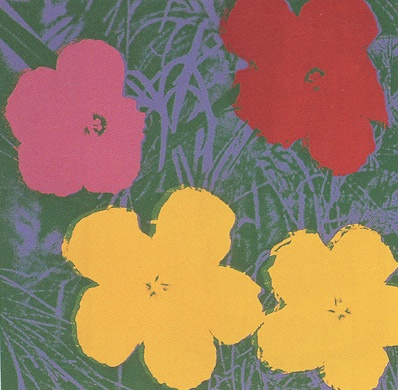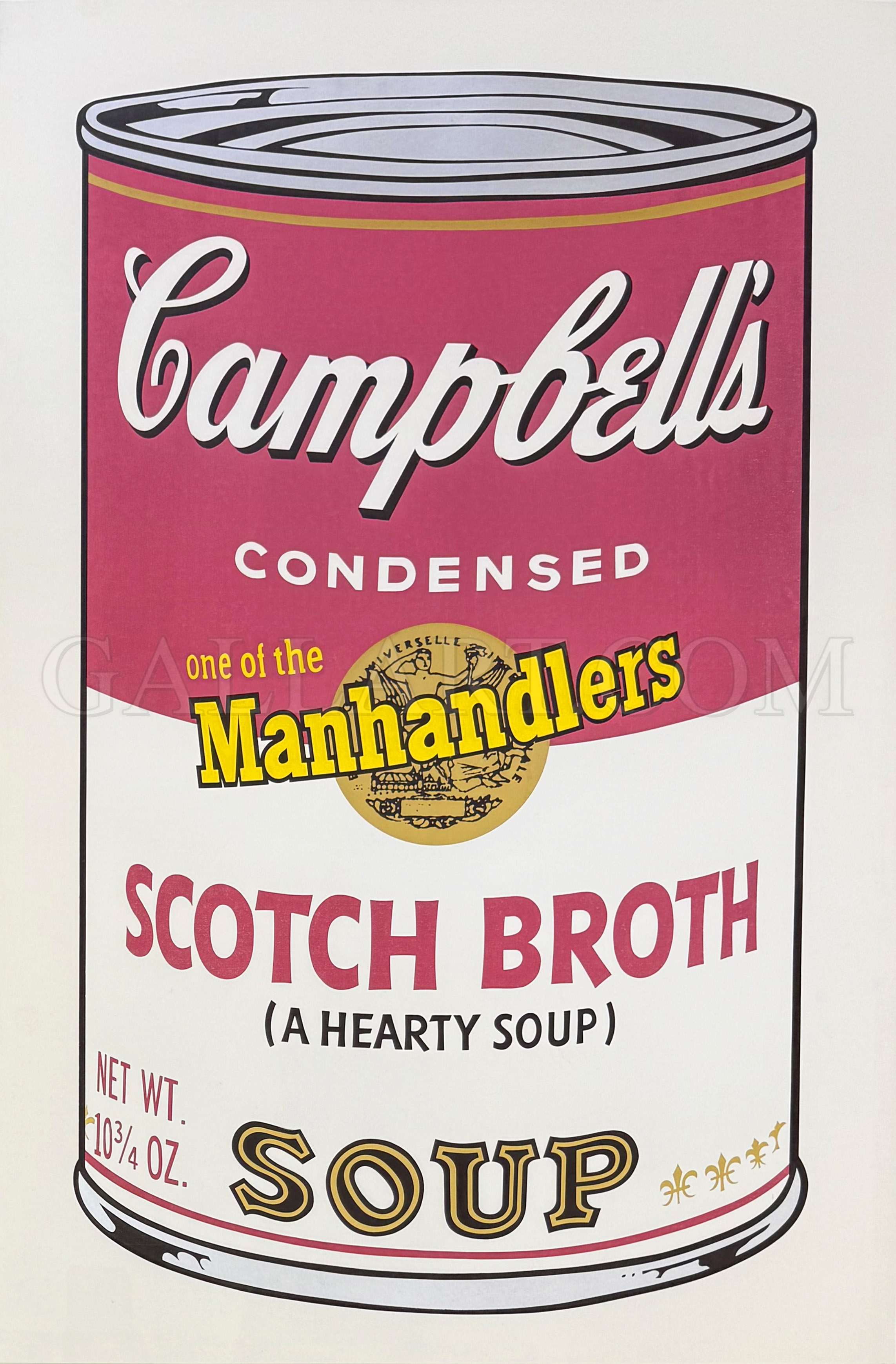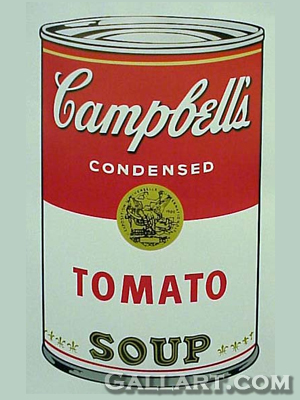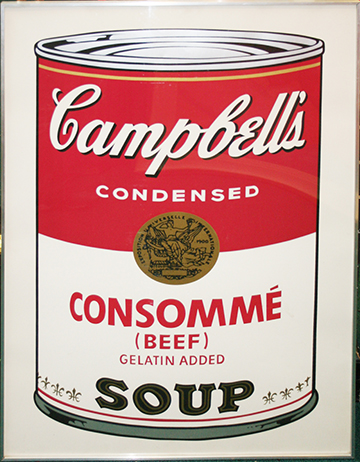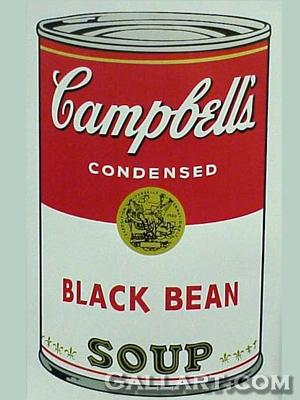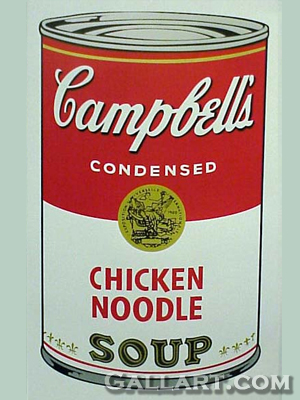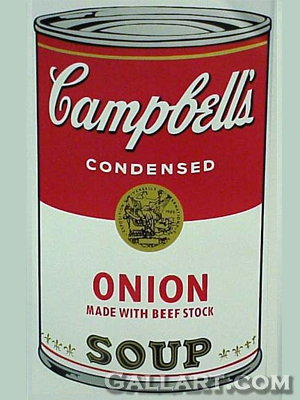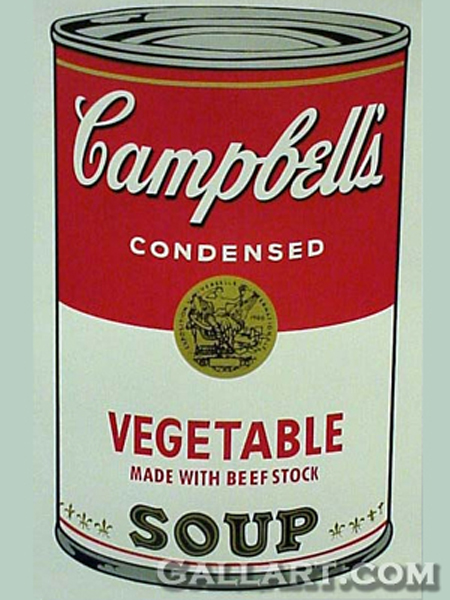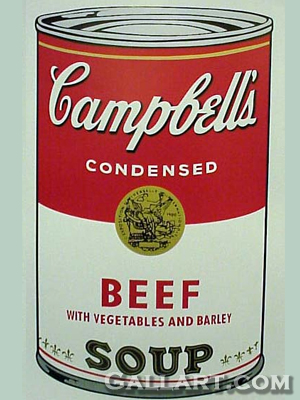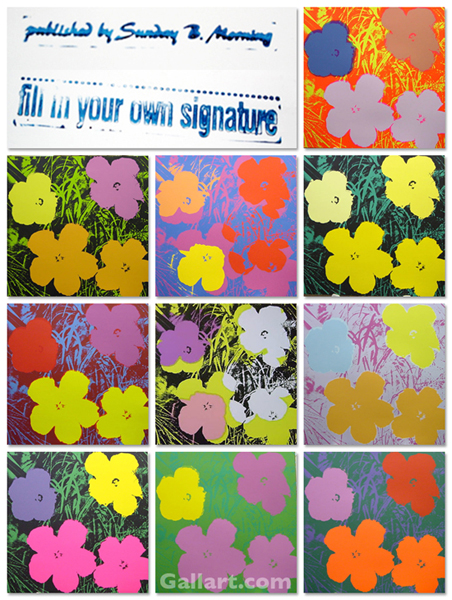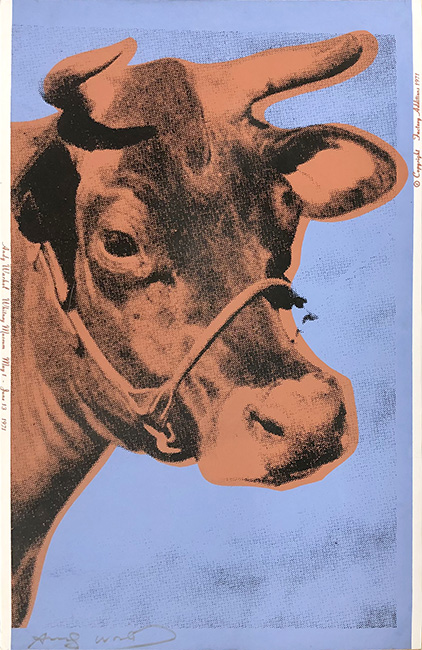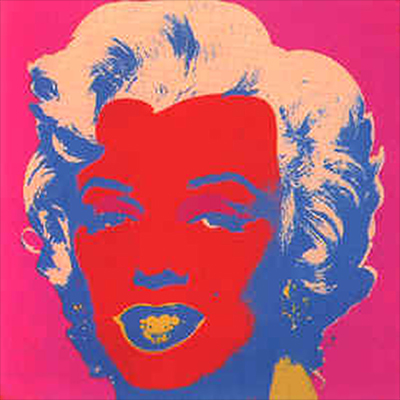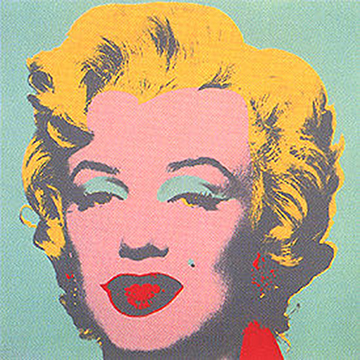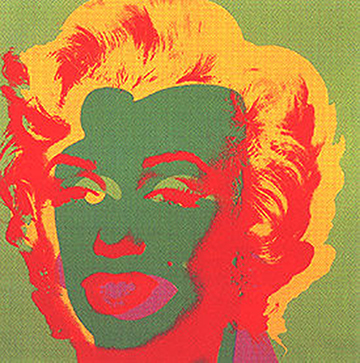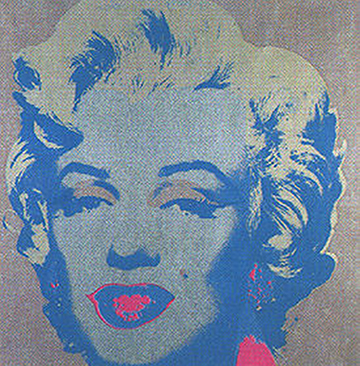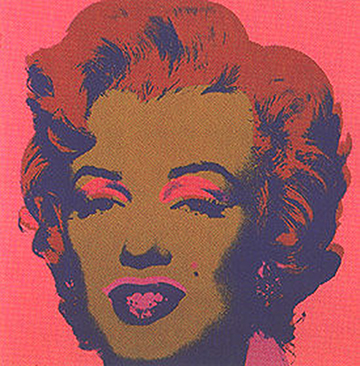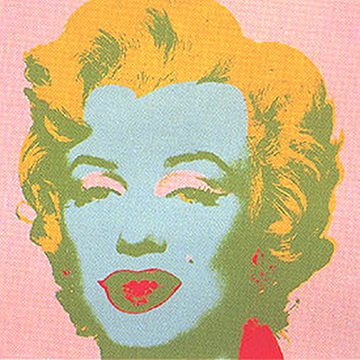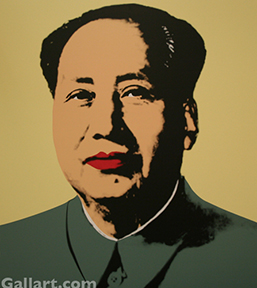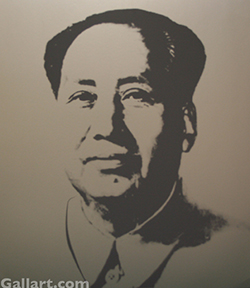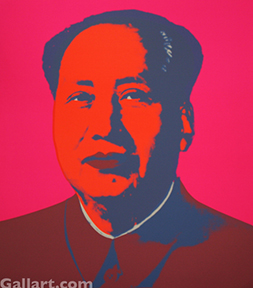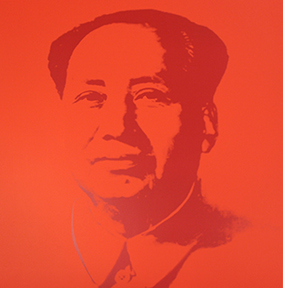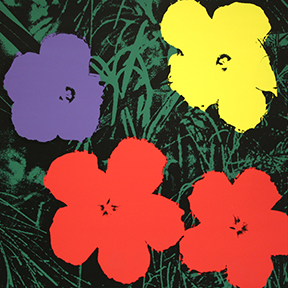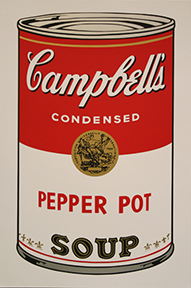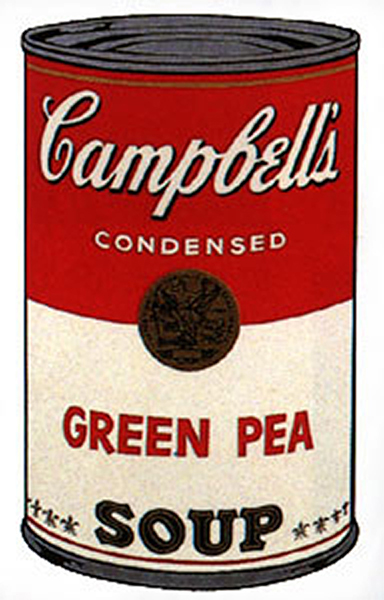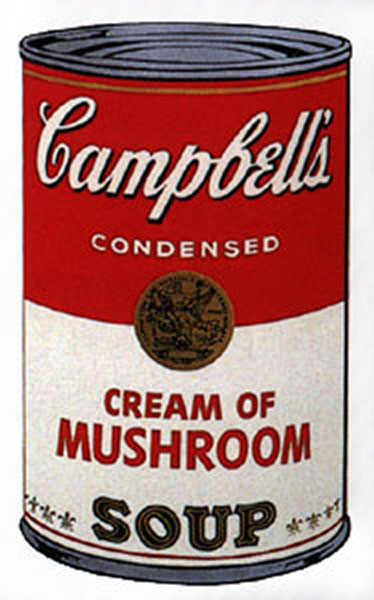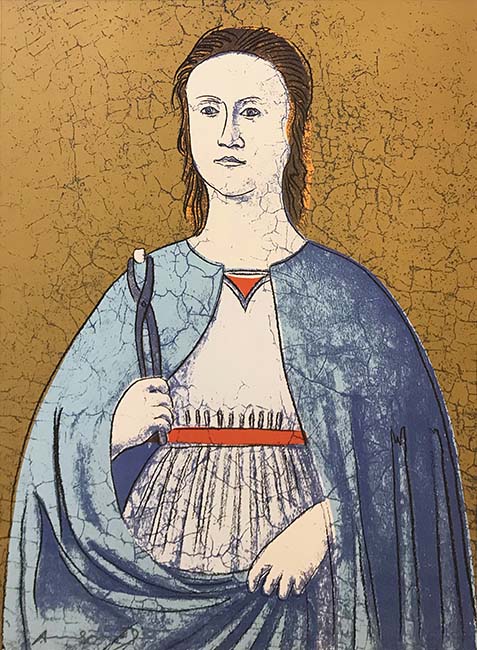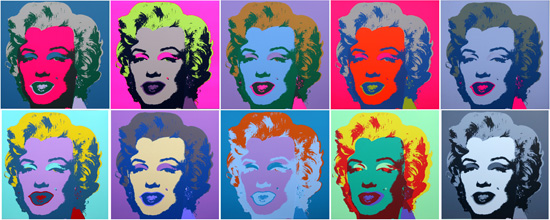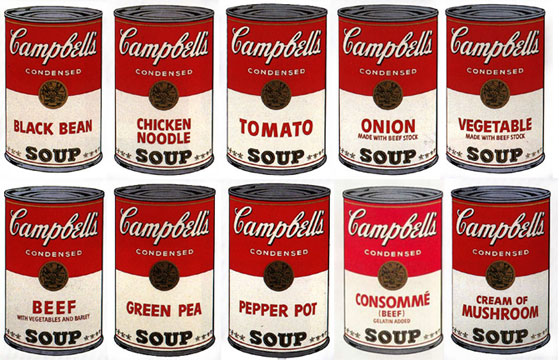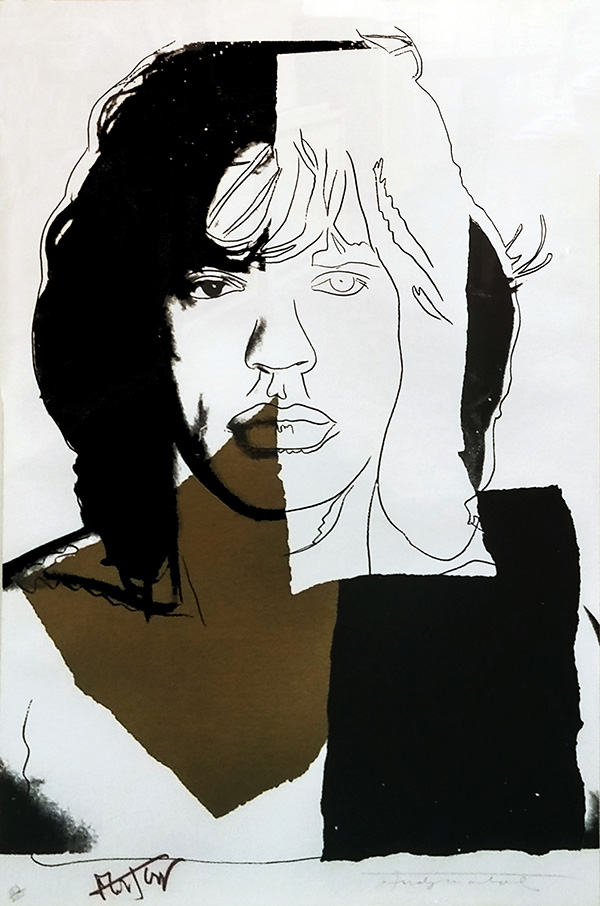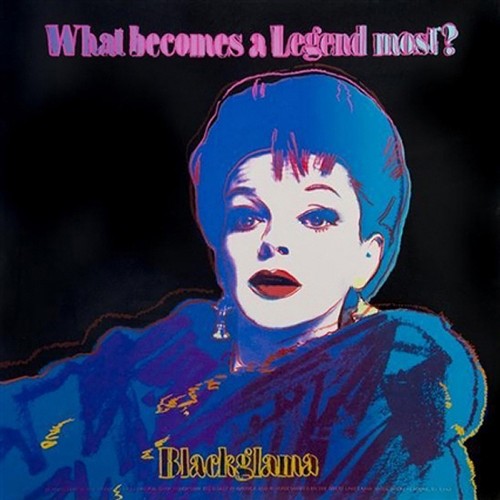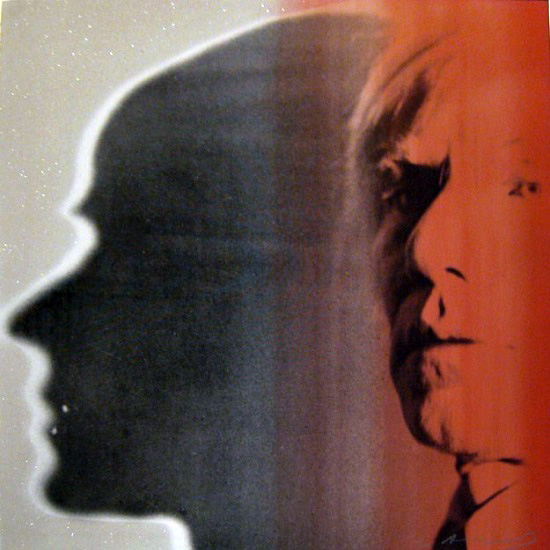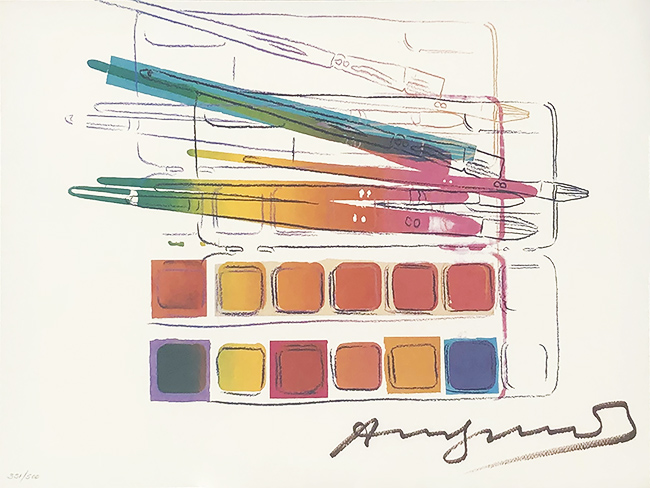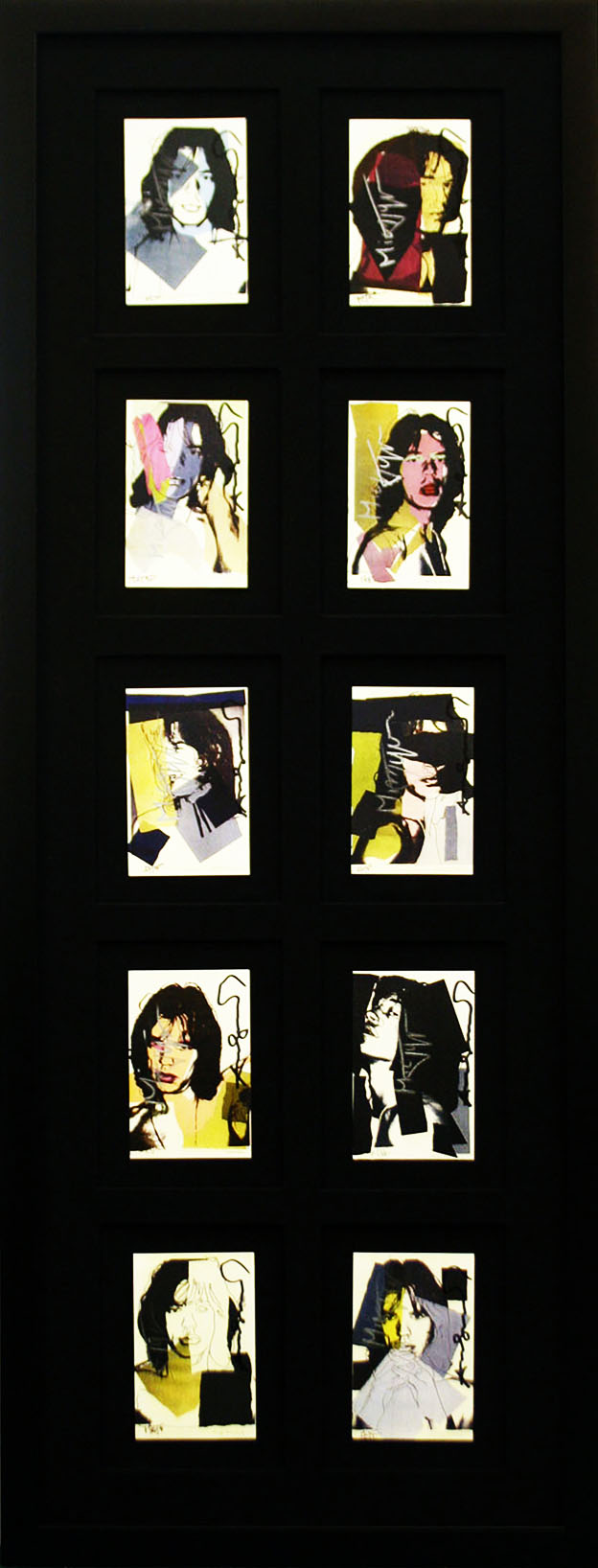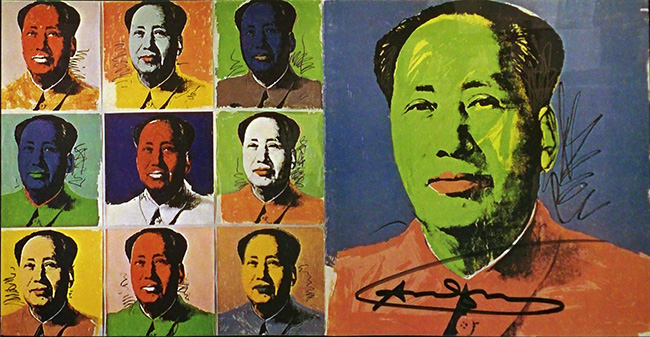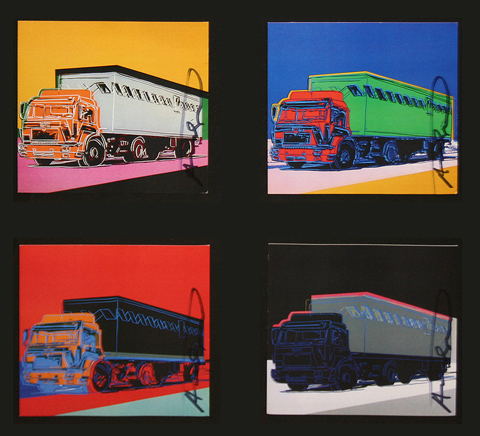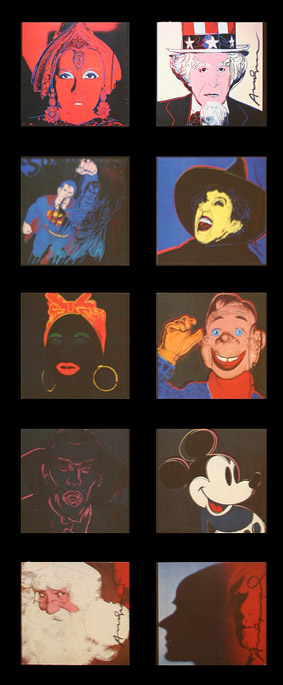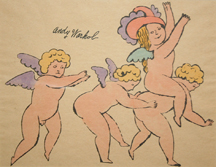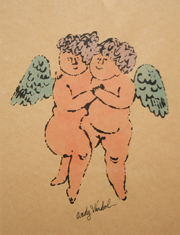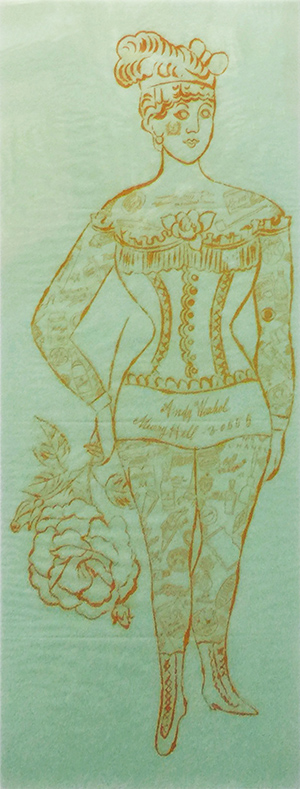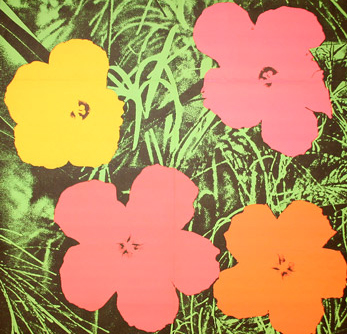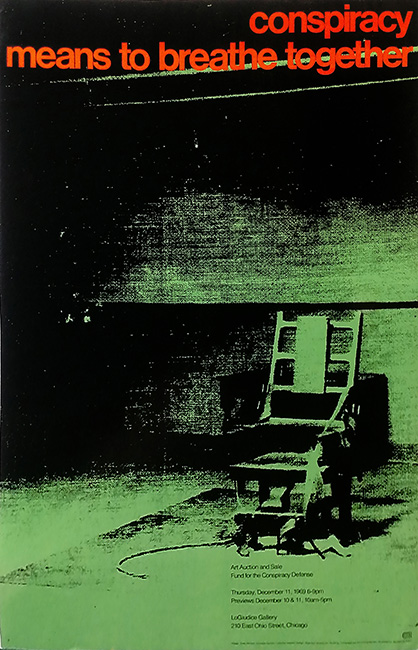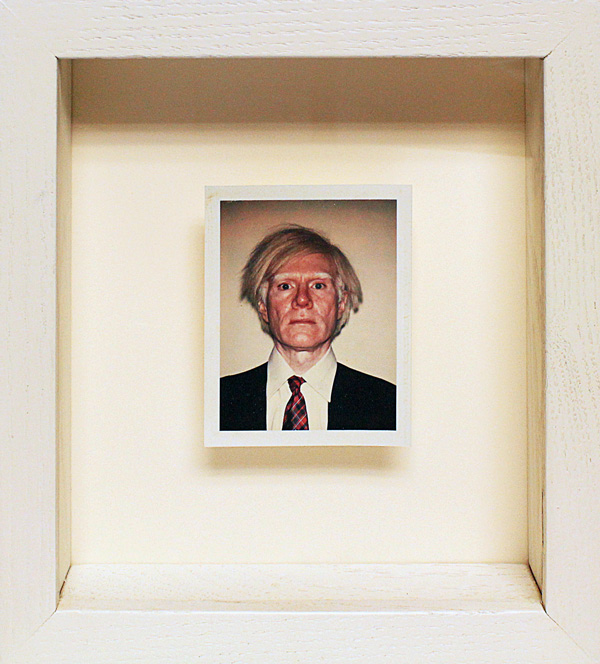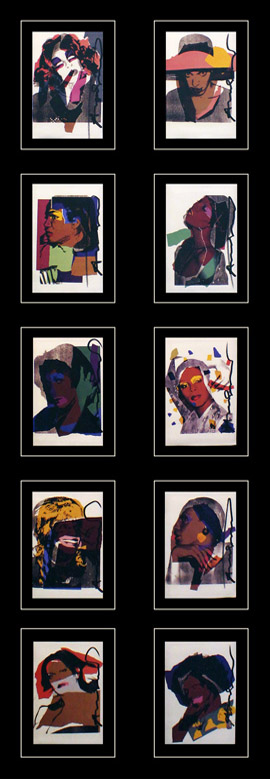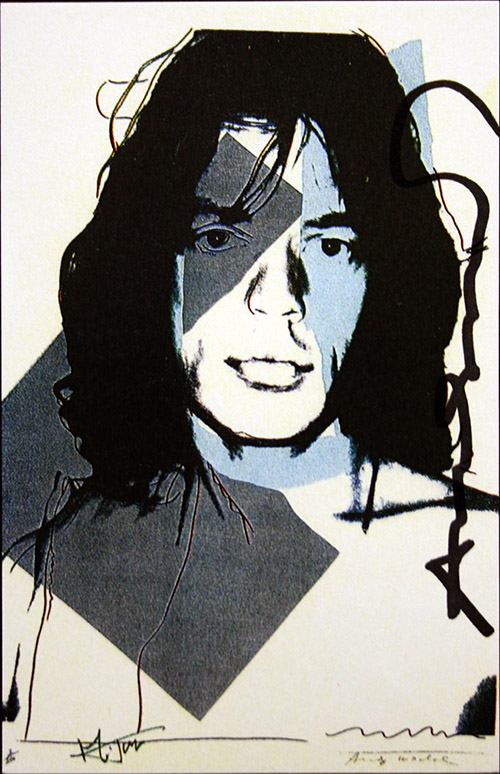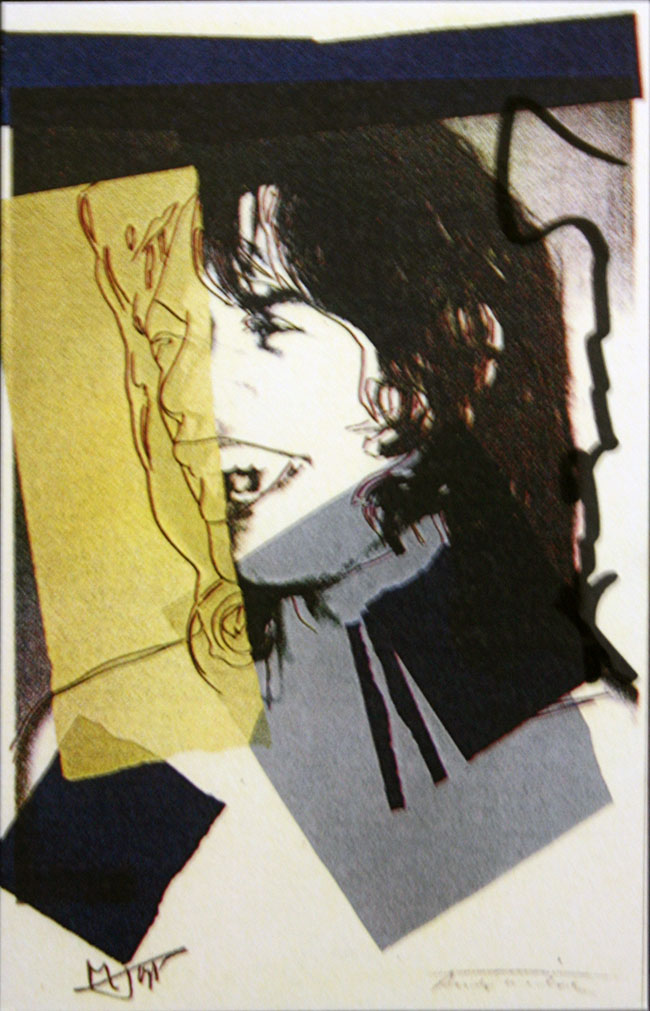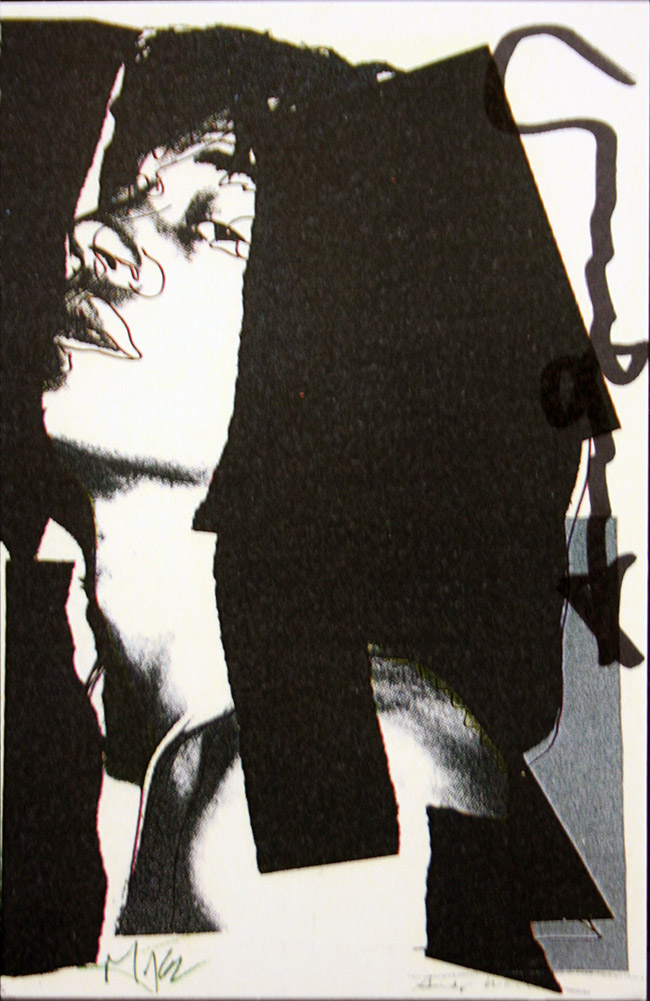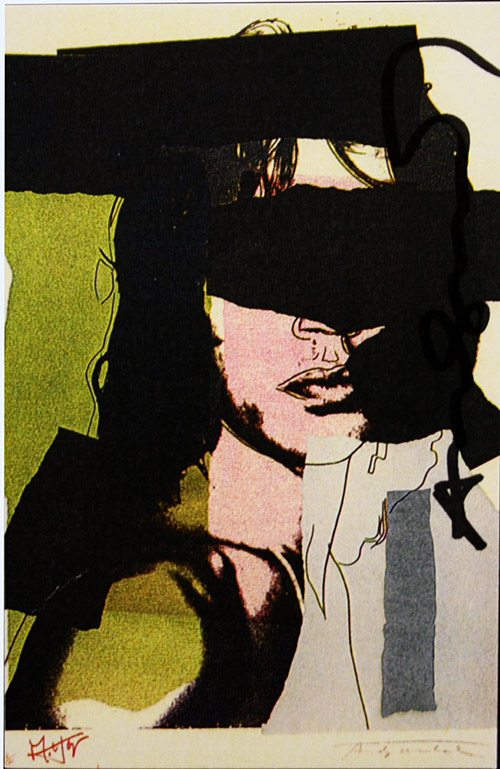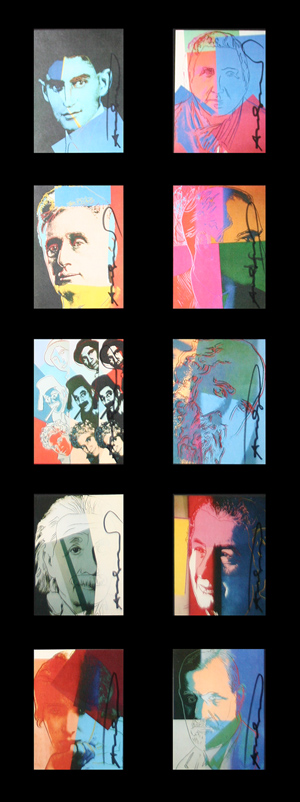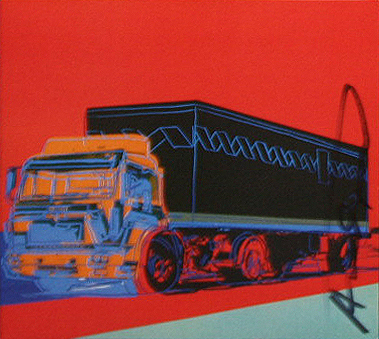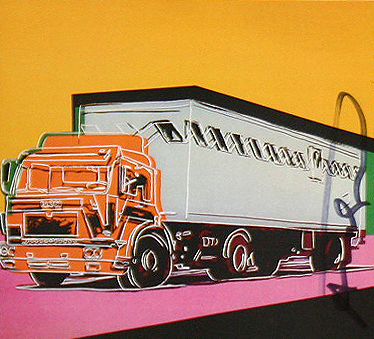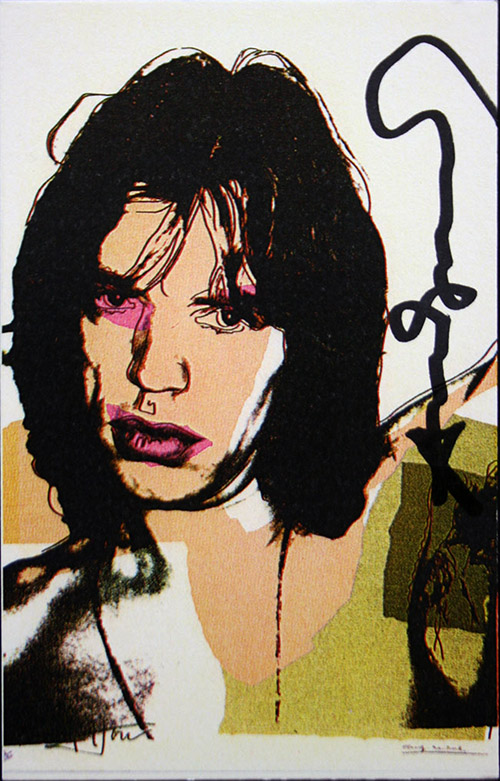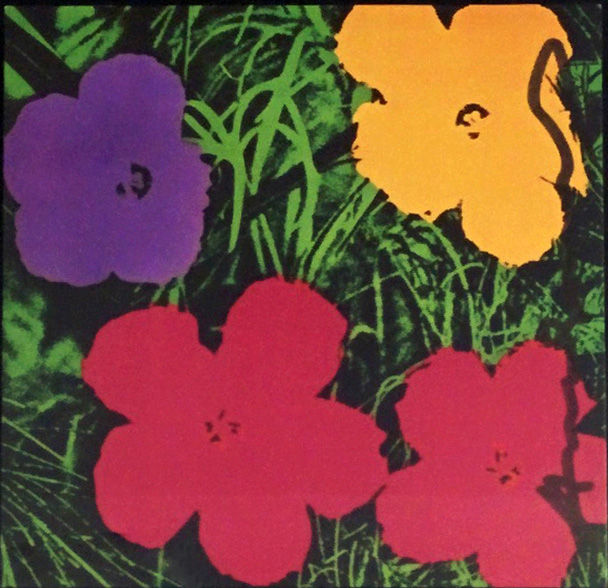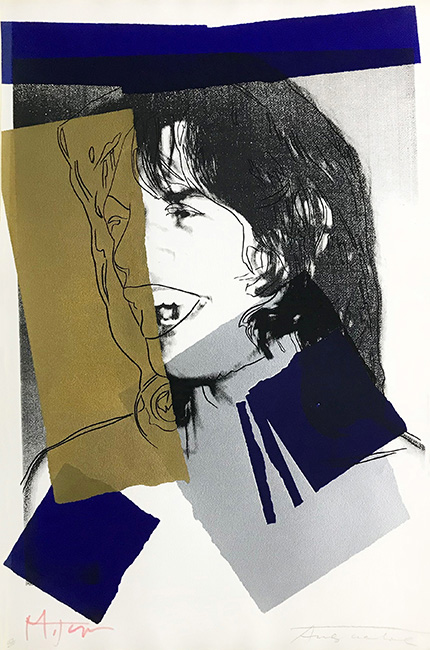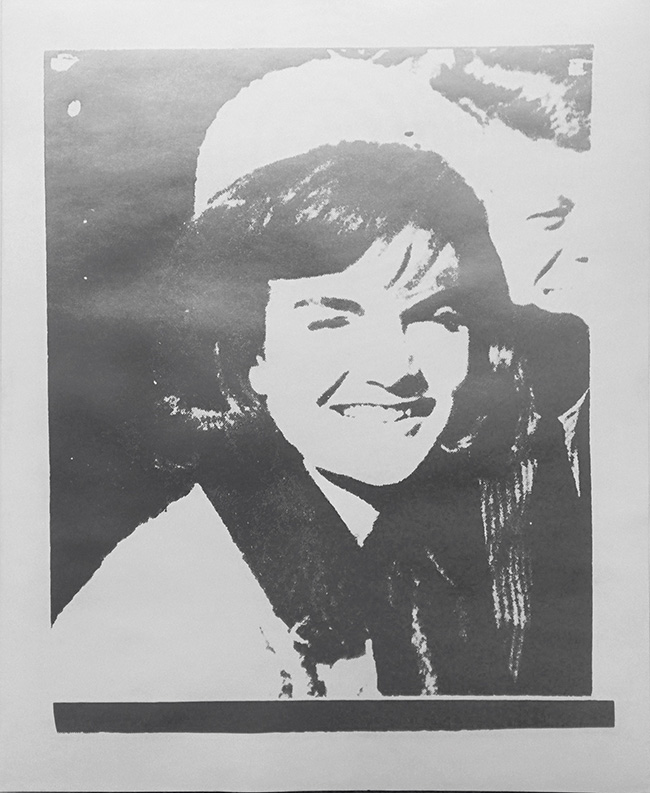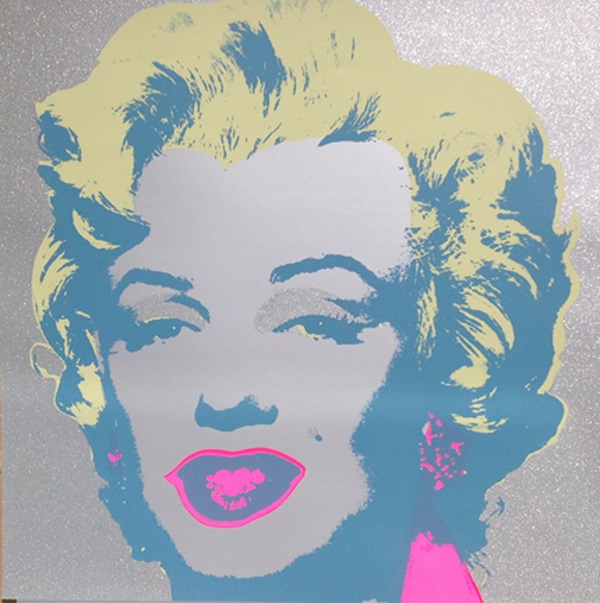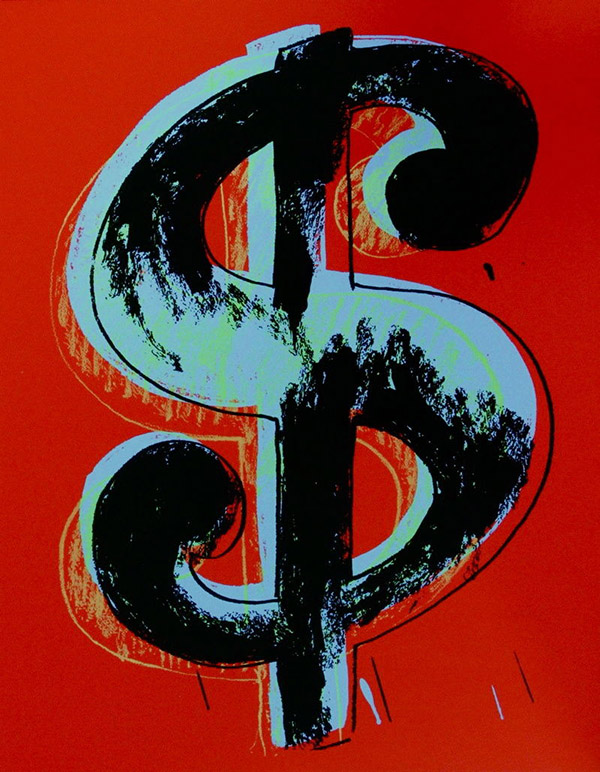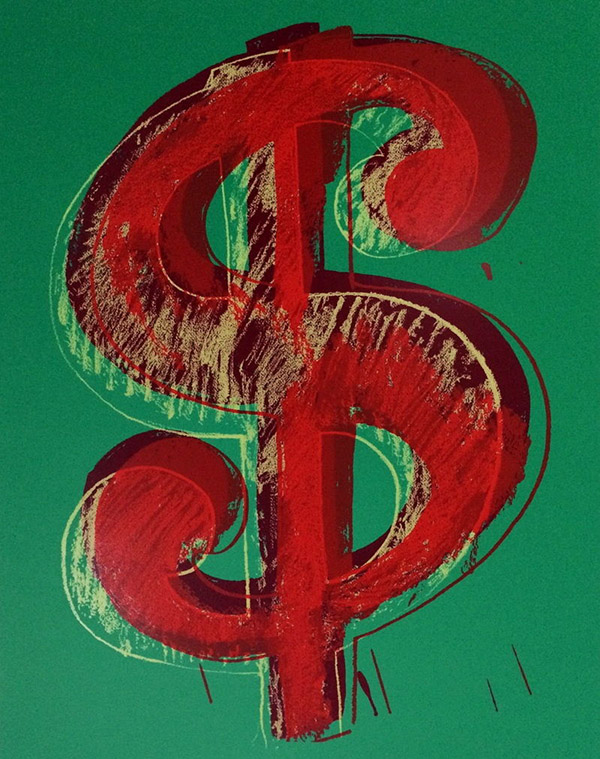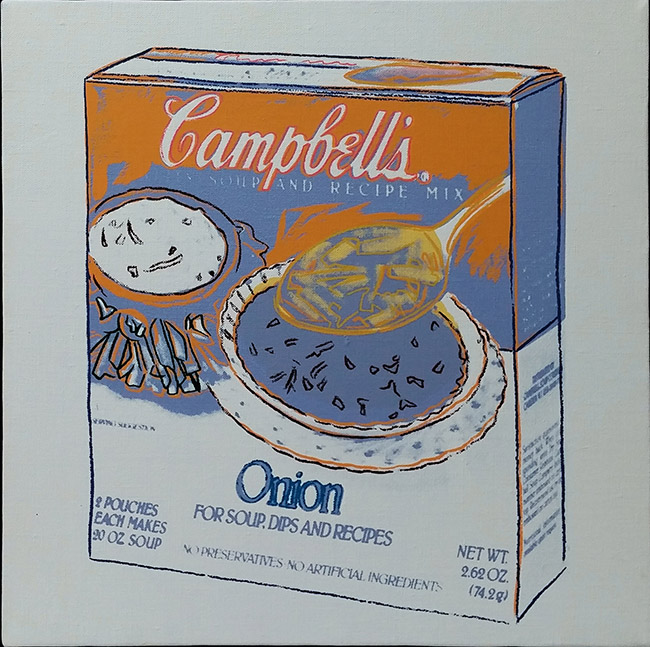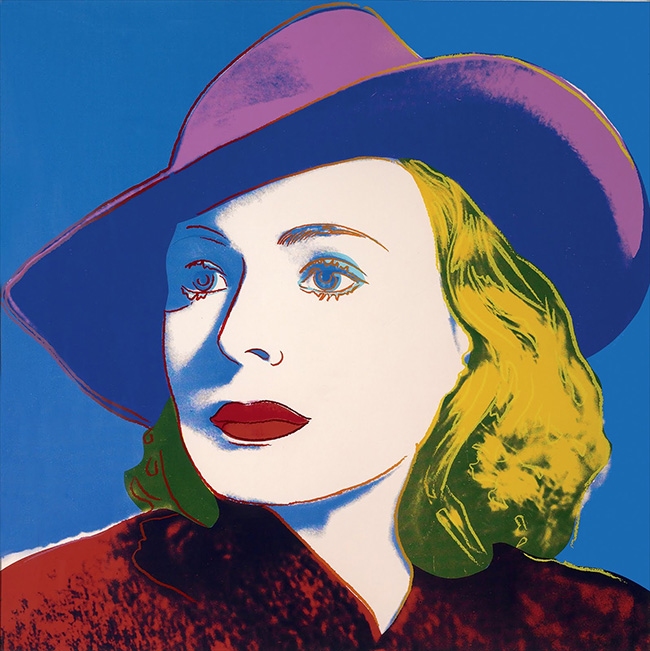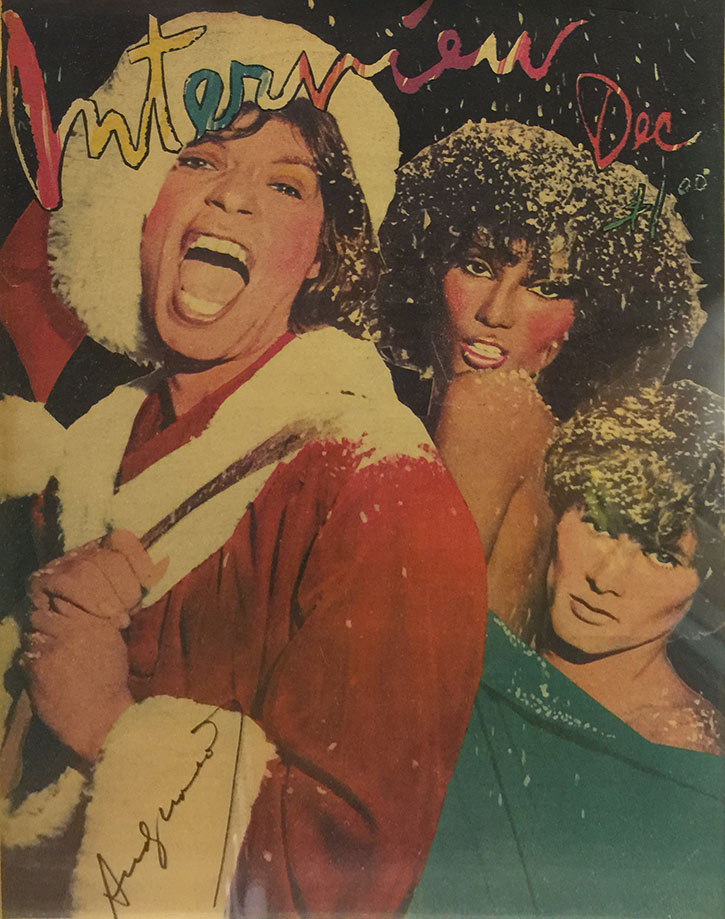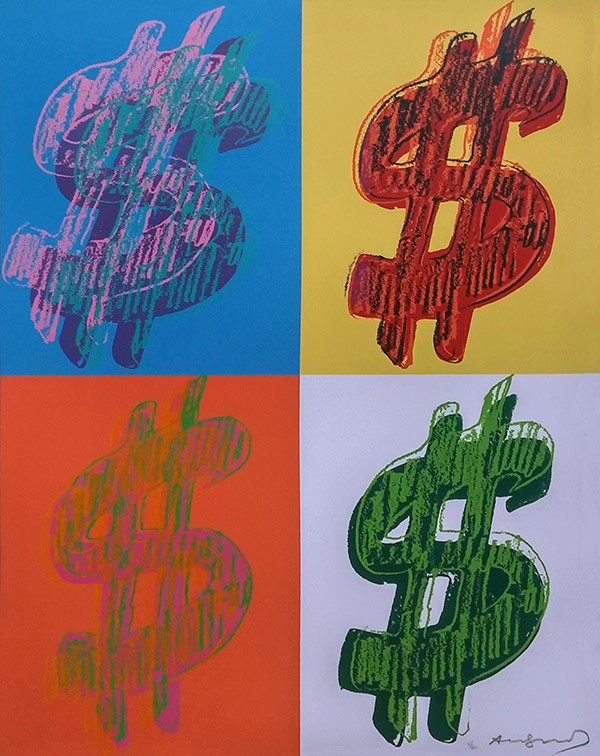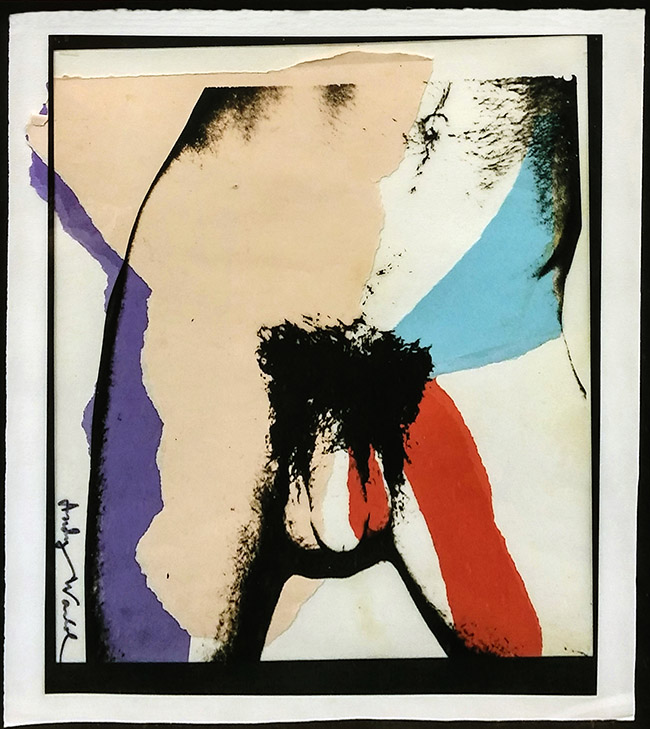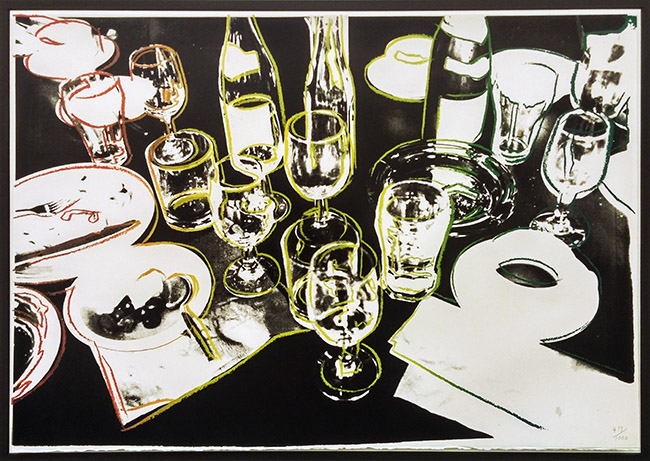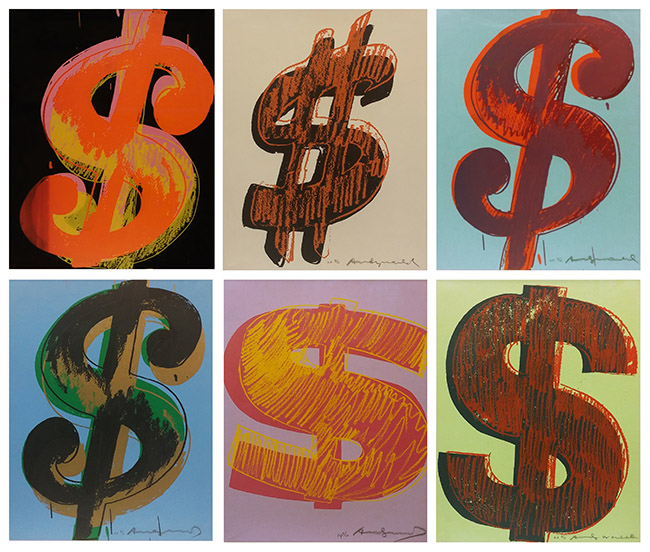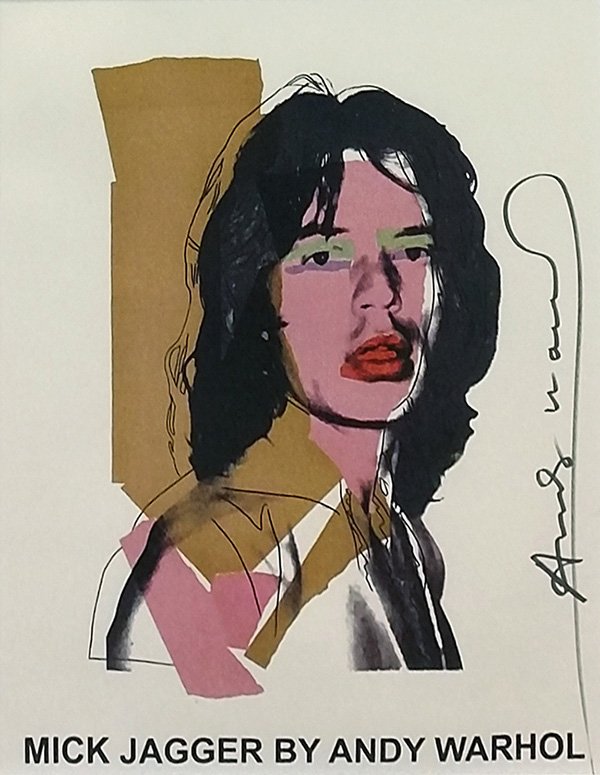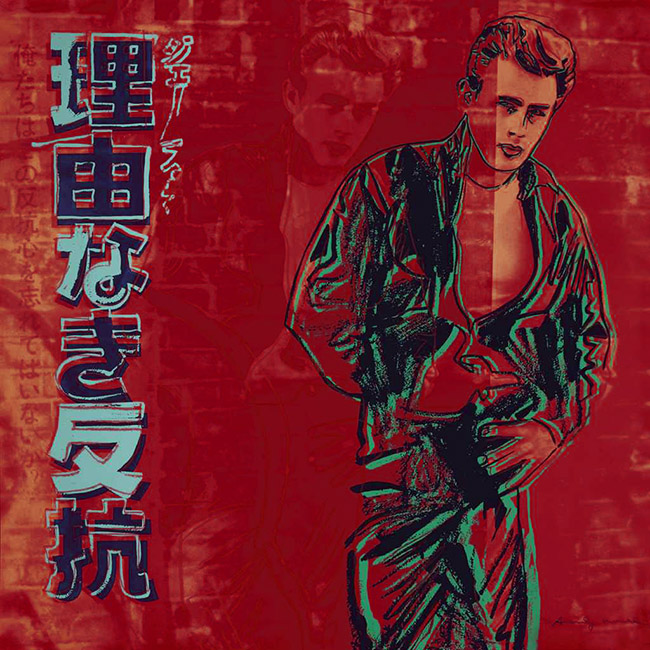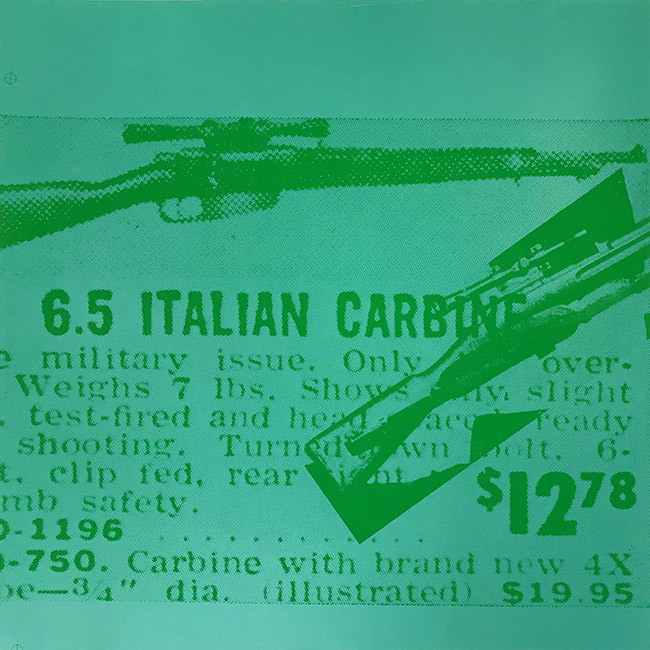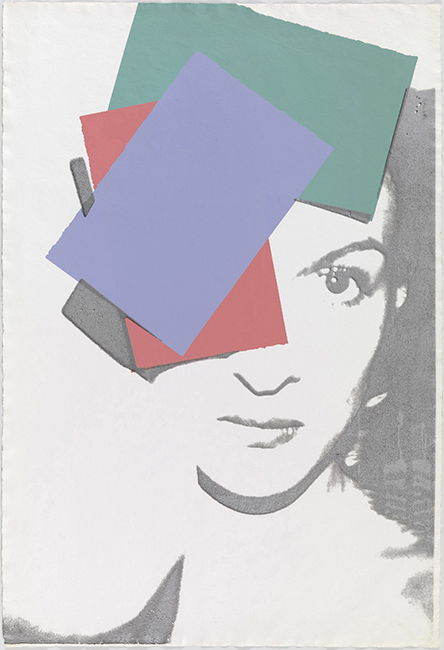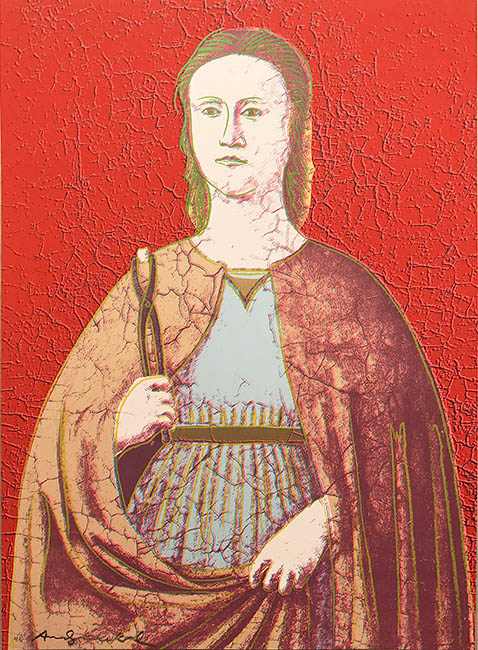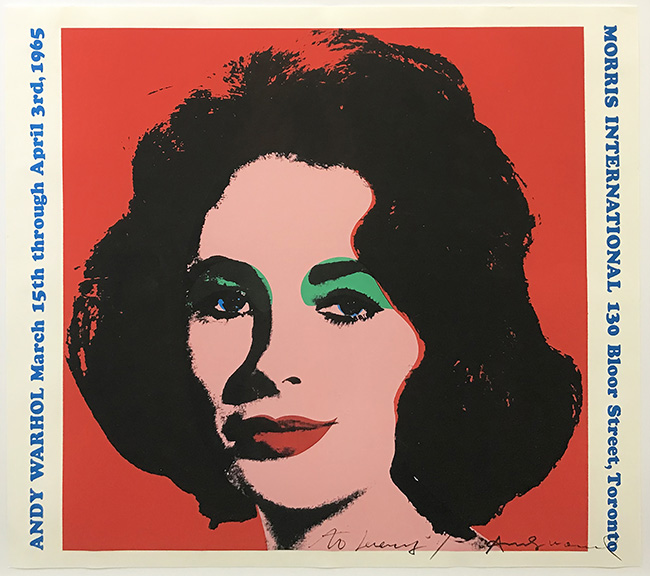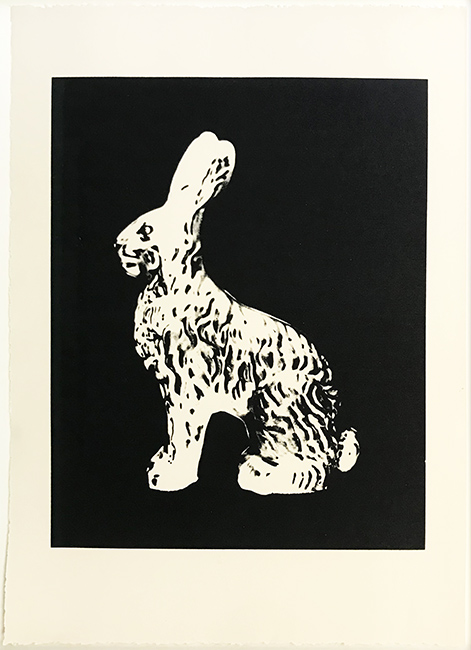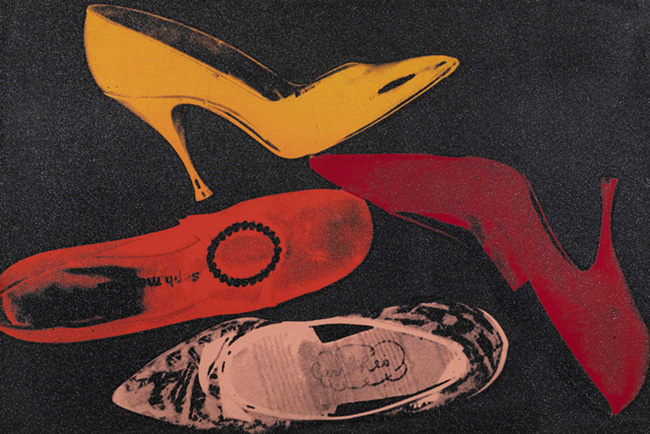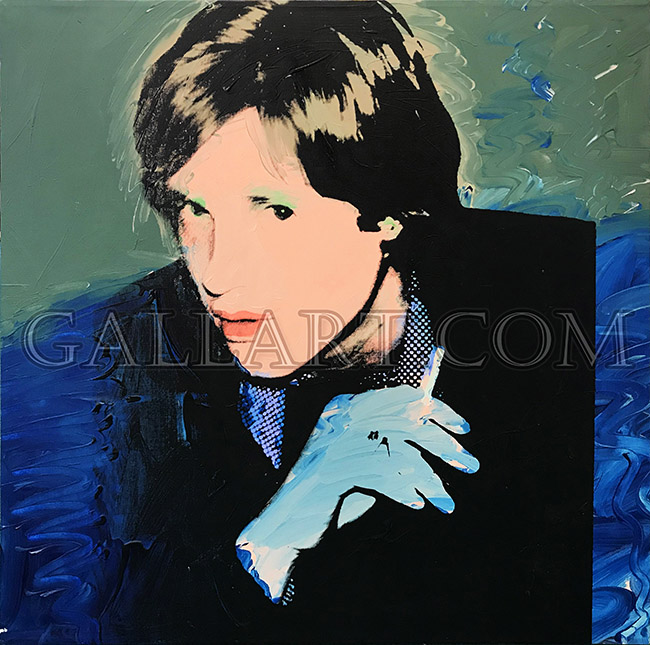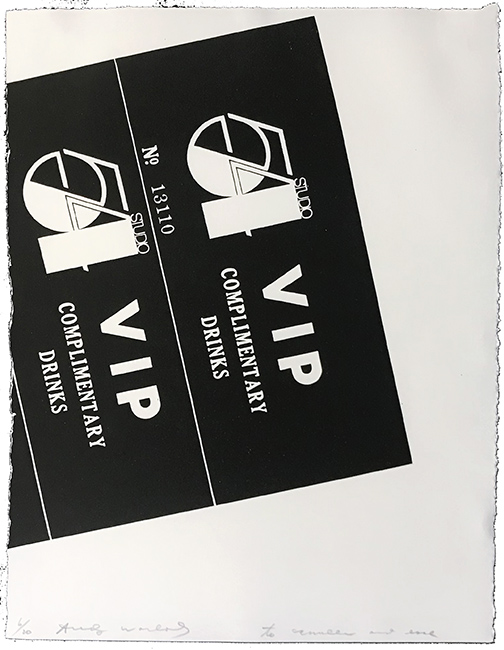Andy Warhol
Endangered Species: Pine Barrens Tree Frog FS II.294
$350,000.00
$295,000.00
Medium: Screen Print On Lenox Museum Board
Date: 1983
Edition: Of 150
Size: 38 x 38 inches
Additional Details: Screenprint in colours on Lenox Museum Board. Hand signed and numbered in pencil. Edition: 150; 30 AP; 5 PP; 5 EP; 3 HC; 1 BAT; 30 TP; 10 Roman numerals. Published by Ronald Feldman, New York, with the publisher's stamp verso. Printed by Rupert Jasen Smith, New York, with his blindstamp. Artwork is in excellent condition. Certificate of Authenticity included.
In 1983, Andy Warhol created a series of ten color screenprints that portrayed endangered animals from around the world: Siberian tiger, San Francisco silverspot, orangutan, Grevy's zebra, black rhinoceros, bighorn ram, African elephant, pine barrens tree frog, giant panda and bald eagle. Using brilliant colors -- characteristic of his signature style -- and poignant expressions suggestive of the animal's fate, Warhol creates a dynamic tension between art and reality. The Endangered Species portfolio was commissioned by Ronald and Frayda Feldman, long-time political and environmental activists who support innovative art projects and installations through their art gallery, Ronald Feldman Fine Art, New York. According to the Feldman's, the idea for the portfolio emerged after conversations with Warhol about ecological issues that included a discussion about beach erosion. Warhol was always interested in animals and when Ronald Feldman created the idea, the artist embraced it. Today, the loss of habitat and biodiversity are still hot topics as the impact of development reaches critical thresholds.
Art ID: G16422
Andy Warhol was a leading figure in the Pop Art movement. Like his contemporaries Roy Lichtenstein and Robert Rauschenberg, Warhol responded to mass-media culture of the 1960s. His silkscreens of cultural and consumer icons—including Marilyn Monroe, Elizabeth Taylor, Campbell’s Soup Cans, and Brillo Boxes—would make him one of the most famous artists of his generation. “The best thing about a picture is that it never changes, even when the people in it do,” he once explained. Born Andrew Warhola on August 6, 1928 in Pittsburgh, PA, he graduated from the Carnegie Institute of Technology in 1949. Moving to New York to pursue a career in commercial illustration, the young artist worked for magazine such as Vogue and Glamour. Though Warhol was a gay man, he kept much of his private life a secret, occasionally referencing his sexuality through art. This is perhaps most evident in his drawings of male nudes from the 1950s, and later in his film Sleep (1963), which portrays the poet John Giorno nude. In 1964, Warhol rented a studio loft on East 47th street in Midtown Manhattan which was later known as The Factory. The artist used The Factory as a hub for movie stars, models, and artists, who became fodder for his prints and films. The space also functioned as a performance venue for The Velvet Underground. During the 1980s, Warhol collaborated with several younger artists, including Jean-Michel Basquiat, Francesco Clemente, and Keith Haring. The artist died tragically following complications from routine gall bladder surgery at the age of 58, on February 22, 1987 in New York, NY. After his death, the artist’s estate became The Andy Warhol Foundation and in 1994, a museum dedicated to the artist and his oeuvre opened in his native Pittsburgh. Today, his works are held in the collections of the Art Institute of Chicago, Museum of Modern Art in New York, and the Tate Gallery in London, among others. A major retrospective of Warhol's work took place at the Whiney Museum of Art in New York in 2019.

)
